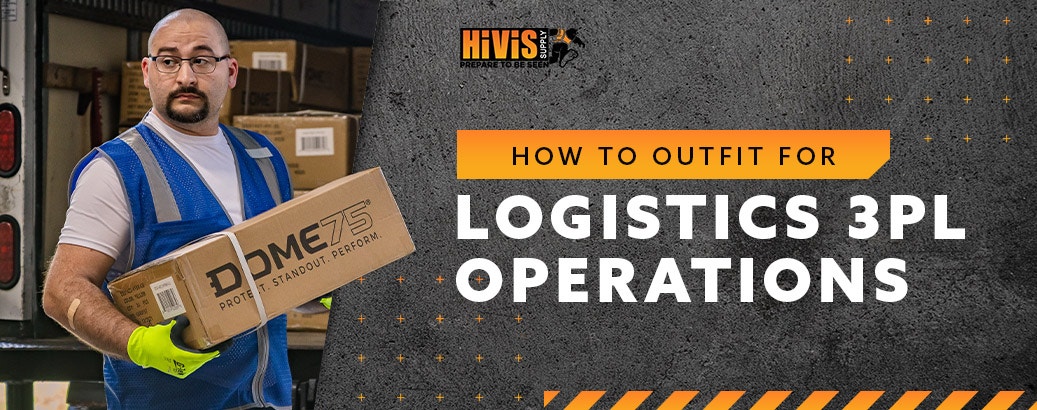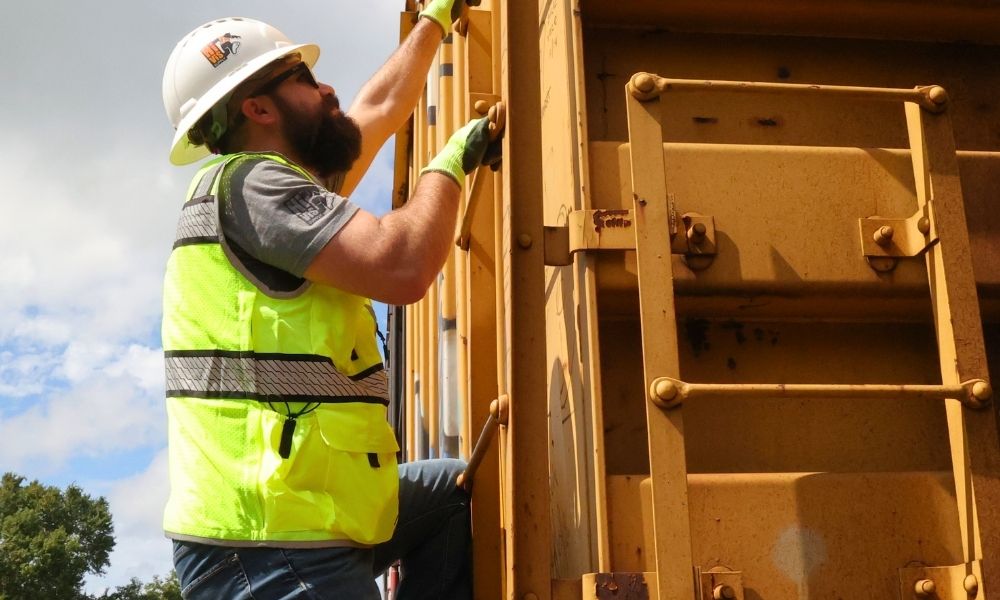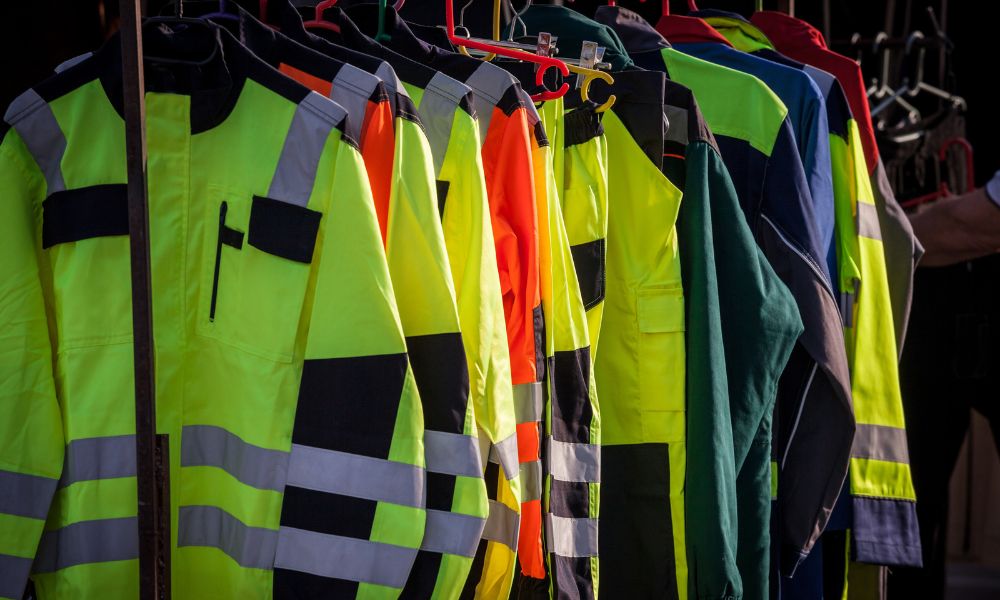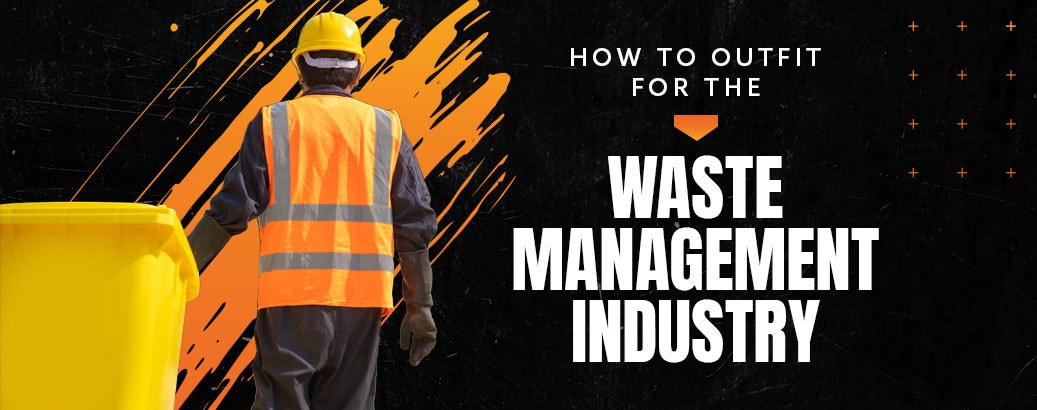Fire-Resistant Clothing for Beginners: How to Wash FR Clothing
- By HiVis Supply
- Sep 17, 2020

Fire-resistant (FR) clothing, such as an FR vest, is a must-have for many jobs like welding, oil and gas drilling, and electrical work. In some jobs, fire-resistant clothing is mandated by OSHA. People in these essential jobs use FR clothing to prevent burns and, when used and maintained properly, FR clothing is very good at what it does.
However, the key phrase is when used and maintained properly. FR clothing that isn’t taken care of correctly will start to wear out much quicker and won’t protect its wearer as well. That means that learning the proper care of FR clothing is an essential part of owning these clothes. In today’s article, we’ll talk about how to wash FR clothing correctly. These tips will help you care for your FR garments and make them last longer.
Read the Directions
First, a very important disclaimer: The best way to wash your FR clothing is the way specified by the clothing manufacturer. Today’s FR clothing required to include care instructions, so check the clothing’s tags or documents included in the packaging to learn about the manufacturer’s recommendations. Failing to follow these instructions might result in voiding your warranty (or worse, a damaged piece of clothing).
Can I Dry Clean My FR Clothing?
The answer to this question varies a lot according to individual clothing. Some FR garments are dry clean friendly, and others aren’t. Dry cleaning is often the most effective way to get a tough stain or odor out of your FR garment. However, dry cleaners use heavy-duty cleaners like perchloroethylene to remove soiling, and some fabrics can be damaged by these chemicals. The only way to know is to check the care instructions.


How to Wash FR Clothing
Now, the million-dollar question: How do you wash FR clothing safely and correctly? Aside from whatever the instructions say, there are some general principles you should follow when washing FR clothing. First, let’s talk about the things you should never use on your FR clothing unless the clothing manufacturer specifically says they’re okay:
Bleach or detergents with bleach
Fabric softeners
Starches
Dryer sheets
Natural detergents that contain animal fat
Peroxide products
Any of these laundry additives can damage the flame-resistant qualities of your garments. Some can even cling to the fibers and make your garments more flammable. Now, how should you wash your FR clothing? Here are some tips:
Wash your FR clothing in warm or hot water on a normal cycle, up to about 120 degrees Fahrenheit. It’s best if you can wash them separately from normal clothing.
Standard liquid detergents are usually the best choice for washing FR garments. Check the ingredient list carefully to make sure it doesn’t contain any of the additives mentioned above.
Don’t overfill the washing machine when washing FR clothing. Two-thirds full is usually the recommended maximum.
Check the pH of your water if you can. Softer water (with a pH around 6.5) is better, as it helps remove contaminants. Hard water (with a pH of 8.5 or above) can be a problem, as it creates mineral buildup in the clothing fibers that can make them more flammable. Look into water softening systems if your water is hard.
Turn stiffer fabrics inside out before washing them to prevent streaking.
Some FR clothing can be put in the drier on a low tumble dry setting. Other garments will need to hang dry. Again, check the manufacturer’s instructions.
If you put your garments in the dryer, remove them as quickly as possible after drying to prevent wrinkles from forming.
How Do I Know if It’s Time to Replace My FR Clothing?
FR clothing, like most good things in life, will eventually wear out and need to be replaced (although it will last a lot longer if you take care of it correctly). So, how will you know if the time has come? First, look at the manufacturer’s recommended number of washes. Many garments will have a predetermined number of washes for which they’re guaranteed to provide protection. They may continue to be functional after this point, but you also might not know until it’s too late that the fabric has begun to degrade. For this reason, it’s best to keep an approximate running tally of the number of washes your garment has been through.
Otherwise, there are some signs that should be obvious. Any holes, rips, or threadbare patches in your garment indicate that it’s definitely time for a replacement. Stains from flammable substances, such as oil, also mean it’s time to replace the garment unless they can be removed completely. HiVis Supply is a premier source for dual-performance, high visibility FR clothing. See our full line of FR clothing for our best options, including FR vests, FR shirts, and much more.









